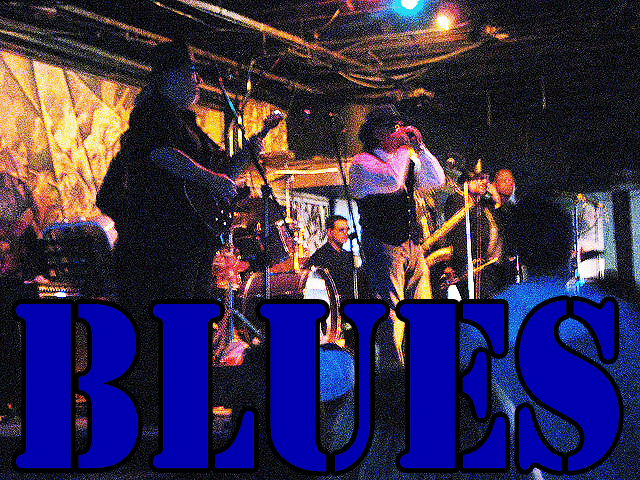I Would Like to Take A Few Jazz Lessons…..
Most if not all of my jazz students come to me with a background in rock ‘n roll and blues. Therefore, the first thing I like to go over with them is the idea of playing the changes, I often share this quote with them that I picked up somewhere along the line:
A guitar solo is a stream of single notes that elegantly, melodically and artistically imitates the sound of the chords.
It is a brilliant, salient thought that I wish I would’ve thought of myself and this simple  statement often points students in a new and fresh direction that they haven’t thought of, because most rock and blues soloing is about working one scale and staying within that pattern, usually the confines of the minor pentatonic (or minor blues) scale which I sometimes refer to as the “pentatonic prison” to drive the point home. Granted, there is no hot guitar playing without blues scales and minor pentatonic scales -everyone needs to learn to use them and use them well.
statement often points students in a new and fresh direction that they haven’t thought of, because most rock and blues soloing is about working one scale and staying within that pattern, usually the confines of the minor pentatonic (or minor blues) scale which I sometimes refer to as the “pentatonic prison” to drive the point home. Granted, there is no hot guitar playing without blues scales and minor pentatonic scales -everyone needs to learn to use them and use them well.
Scaffolding
In education, scaffolding is a technique that moves students learning and understanding by building on their current skill set and what they already know, invariably hastening the learning process. An educator should provide successive levels of training and support that aid in comprehension and skill acquisition –levels that would not be possible without carefully planned support. Like the scaffolding on a construction site, the ideas remain in place until the building can support itself. Scaffolding is an indispensable component of effective teaching, and virtually everyone who considers themselves an educator uses various forms of instructional scaffolding as a matter of course.
Compositionally Sound Solos
My first lesson for the skilled rock/ pop / blues player is learning to play and improvise 3 passes of a blues in E, if you are set up for recording I recommend recording them and asking them for their own thought and a self-critique before jumping into an evaluation. That way, you can use their own words and ideas in your teaching and keep the student from feeling attacked.
Next, I introduce them to this video lesson:
Musically Analyzing the Lesson Plan
Starting off with a well known Blues double stop and a favorite of the late Stevie Ray Vaughn sets the mood and sticks with the style. The 4th bar is the first instance of being slightly outside the box as I am using a diad composed of the b7 and the b5 and sustaining it -challenging the ear. Rehearsal letter A is all about introducing the “key of the moment” concept and approaching chord tones chromatically, again foreign concept to most studying and learning the guitar. Rehearsal letter B is all about chord tone and tensions before ending the 12 bar pass with an homage to Freddie King’s Hideaway.

Once again chord tones and tensions are leaned on heavily to challenge and develop the ear, bar 4 uses some chromatically ascending 9th chords as an homage to big band and Jump Blues arranging. rehearsal letter D is strictly a key of the moment approach employing a slightly atypical major 6th arpeggio.

Starting with a well known Blues cliche the third pass is all about rhythmic accuracy. To make sure students understand the relationship between and the importance of the major and minor 3rd, the point is totally driven home in the second line. The third line is using basic dominant 7th arpeggios before ending with another must know cliche turnaround lick.

GuitarU.com
Don’t Forget, The Best Guitar School on The Internet Is Free



